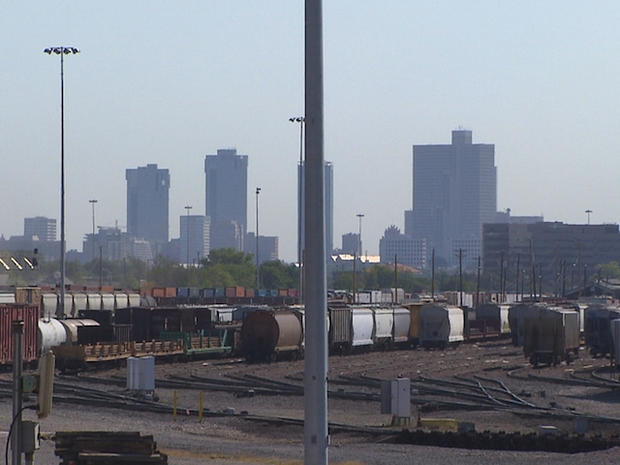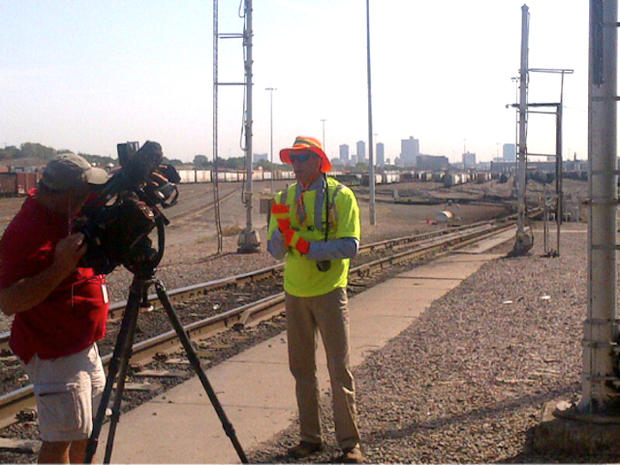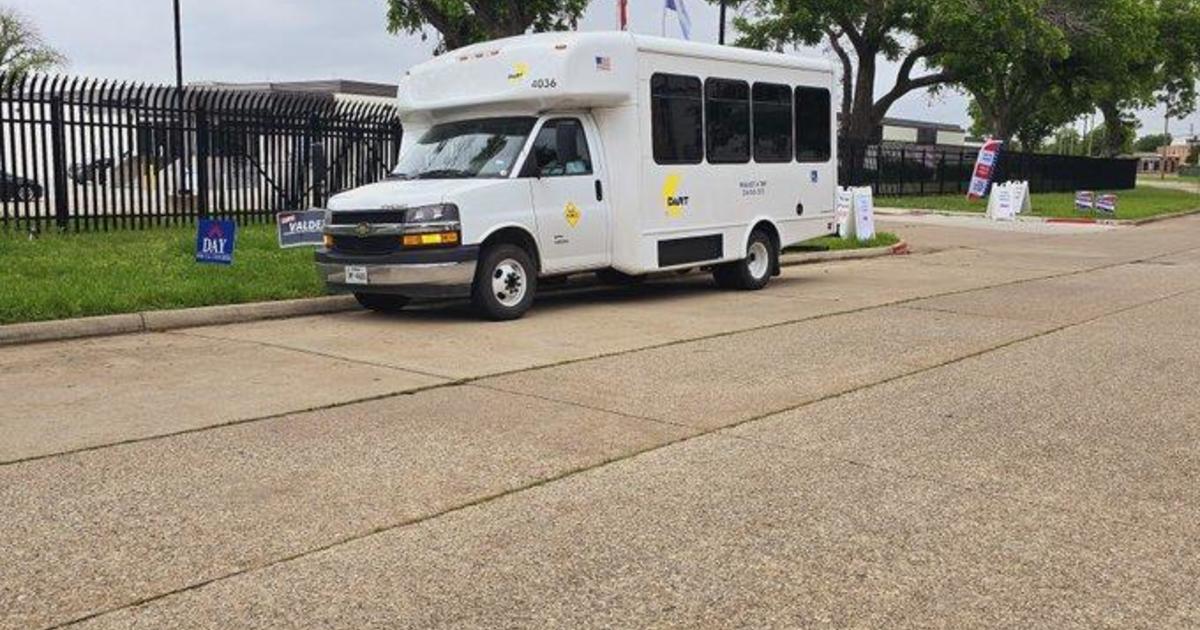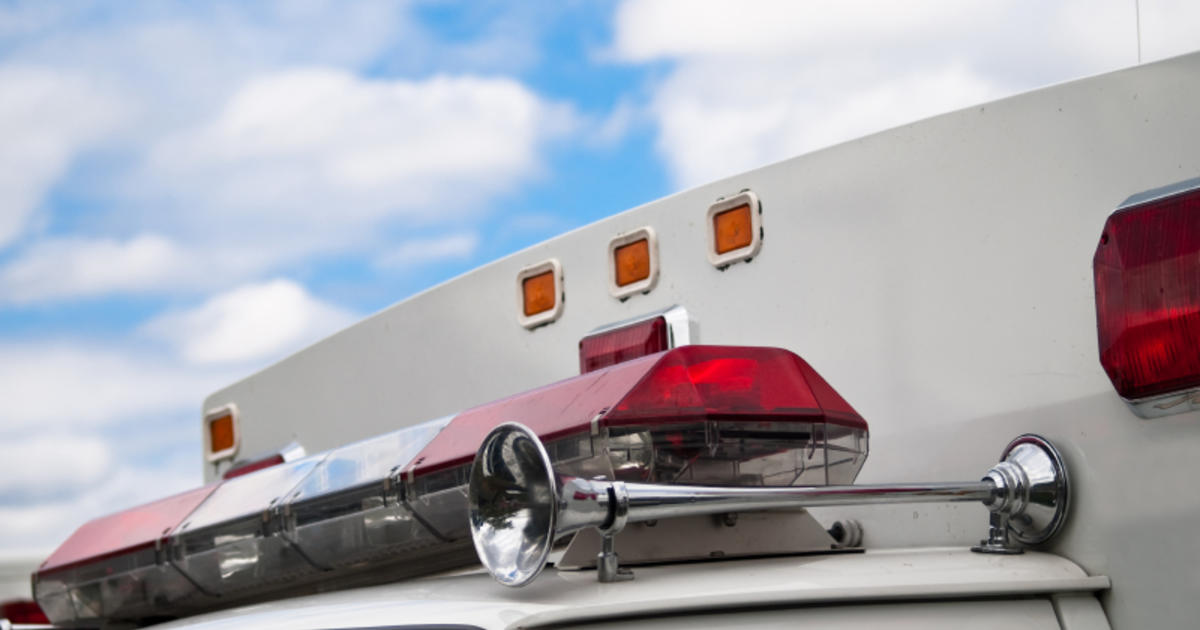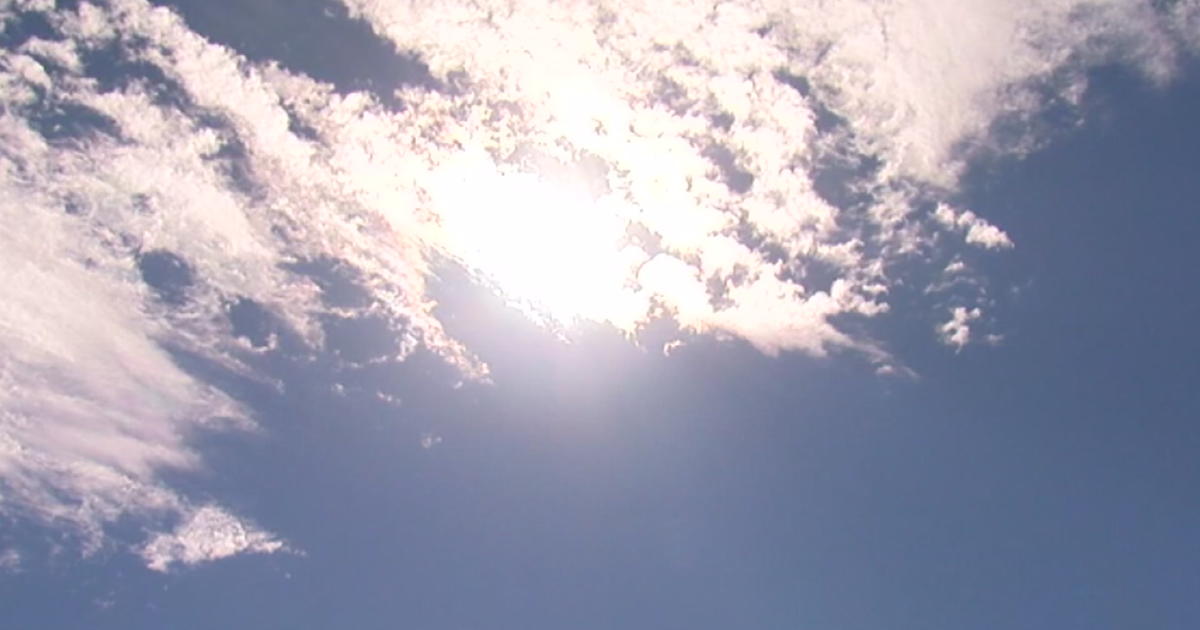Runaway Heat At North Texas Rail Yard
NORTH TEXAS (CBSDFW.COM) - The best view of Union Pacific's massive Davidson Yard is from the Hulen Street Bridge (especially when the new one is opened this September).
From five stories above you can see the size and scope of the operation. It is the second largest train yard in Texas. More than two million tons of freight moves through the location every year. At its center is the Diesel Maintenance Facility. Just about every locomotive Union Pacific operates goes through the yard.
There is a huge work staff. They work in dangerous conditions; every piece of equipment is massive, made of metal and is moving. Now imagine working in that environment with another obstacle to work around, the heat of a Texas summer.
The rail yard is almost a purposeful design for a Fort Worth Death Valley. Built in the shape of a huge bowl, it's completely sheltered…so there's almost never a cooling breeze. Nothing but gravel, massive engines and very little shade.
Take the "official" temperature at DFW Airport. North Texas has already logged more than 20 days where the high temperature reached or surpassed 100 degrees. On August 9 the temperature hit 108 at the airport. That temperature is taken six feet off the ground, in the shade, over grass.
Now add 30 to 35 degrees to that number (depending on the wind direction) and you will have the daytime temperature at the Fort Worth train yard.
That's right. When it was 108-degrees at the airport, that afternoon it was 138-degrees in the "bowl" as they call it, the center of the yard where they cull and separate out the freight cars.
To put that in perspective the hottest temperature recorded (reliably) in the western hemisphere was taken in Death Valley. The record is 134°F. Of course, like the airport temperature, it was taken in the shade, over something other than a rock sitting in the sun.
I doubt the workers at the rail yard will parcel out the differences. To them it isn't just hot, its dangerous
As Operations Manager Cliff Bowman put it, "It's an unbearable heat if you don't prepare yourself for it"
They let me put on the "official" summer uniform of the yard. (see picture below)
The uniform includes of course a hat. The gray thing around my neck is a cooling rag that is soaked in ice water. It swells up and helps cool the blood flow that is heading to your brain. The shirt is a special breathable fabric that offers up a 50 SPF (I have my work shirt under it so it wasn't helping that day). You can't see it but on my back is a water camel, basically a back pack that holds a couple of quarts of ice water. The gloves I have on (and you MUST have them on; those rails in the picture have heated up to about 145°F) have a vented back. When I took this picture it was only about 120-degrees in the yard, it was still before Noon. You just can't imagine how hot that is unless you are standing in it.
Workers form a buddy system so they can keep an eye out of each other.
Where workers stand in one spot for their shift there is a misting station and shade -- it's about 40 degrees cooler there then when under the sun. They also have water stations everywhere along with bowls of fruit (apples, bananas and oranges) to help keep potassium levels up.
The crews are mandated to take two 15 minute breaks outside of their lunch breaks to hydrate and cool down.
The trains have to run on time and they don't stop running. "A railroad is really a 24 hours a day, seven day a week operation regardless of temperature, rain or shine, whatever the inclement weather may bring us it's …we run," Bowman said.
It's never too hot to stop, you can't run a railroad that way. Even when you are running it through Death Valley.
Jeff Ray is a staff meteorologist that covers the environment and technology. You can email Jeff Ray at jaray@cbs.com. Follow him on Twitter at @CBS11Jeffrey
